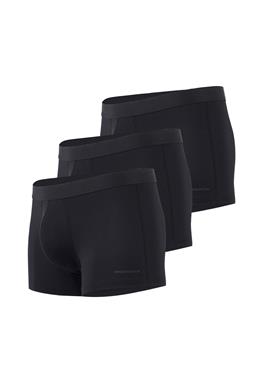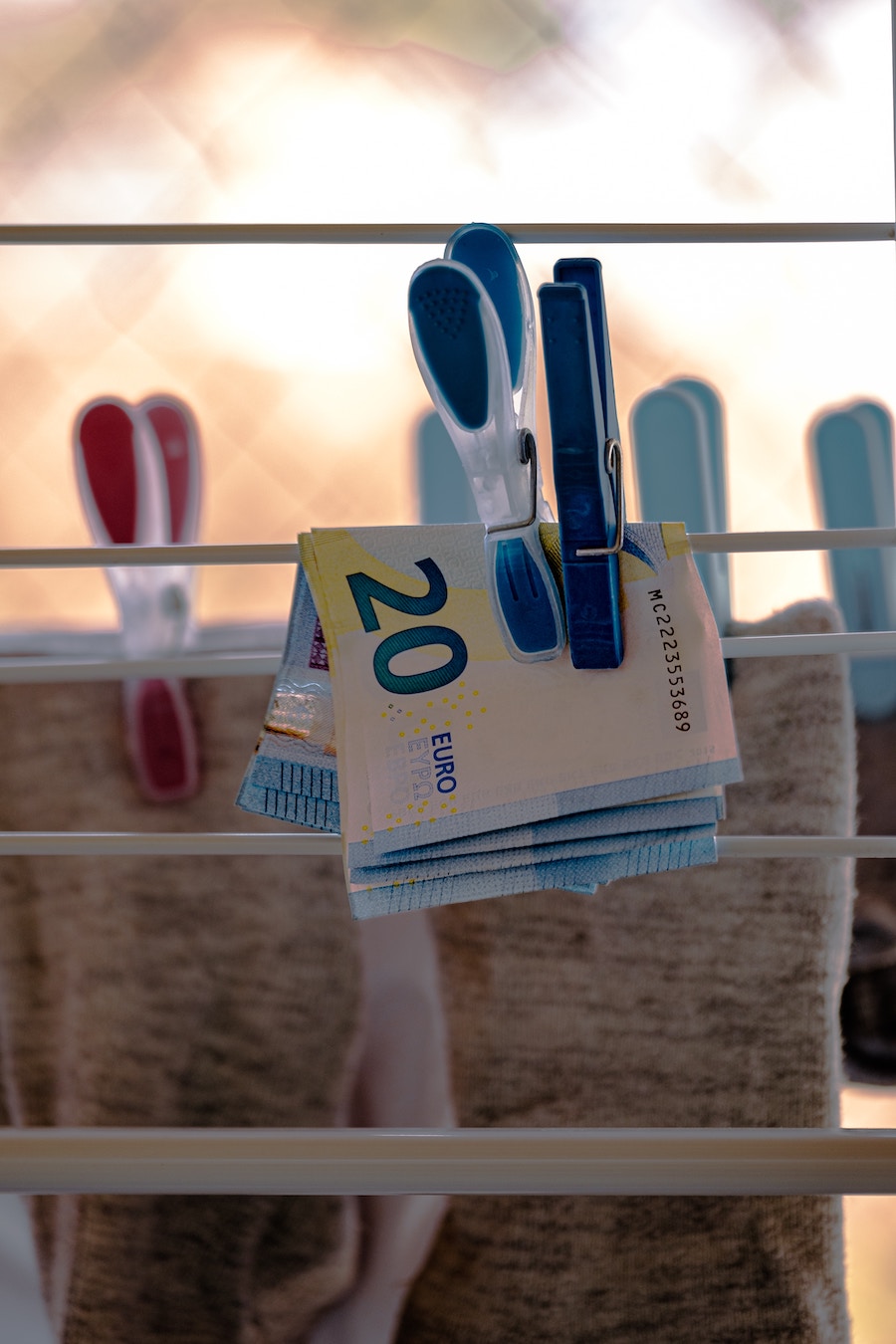 Vegan, fair & sustainable shopping in The United Kingdom 4.8
Vegan, fair & sustainable shopping in The United Kingdom 4.8 



 Check out reviews
Check out reviewsWhat's Wrong With (Peace) Silk?
 Polly
Polly
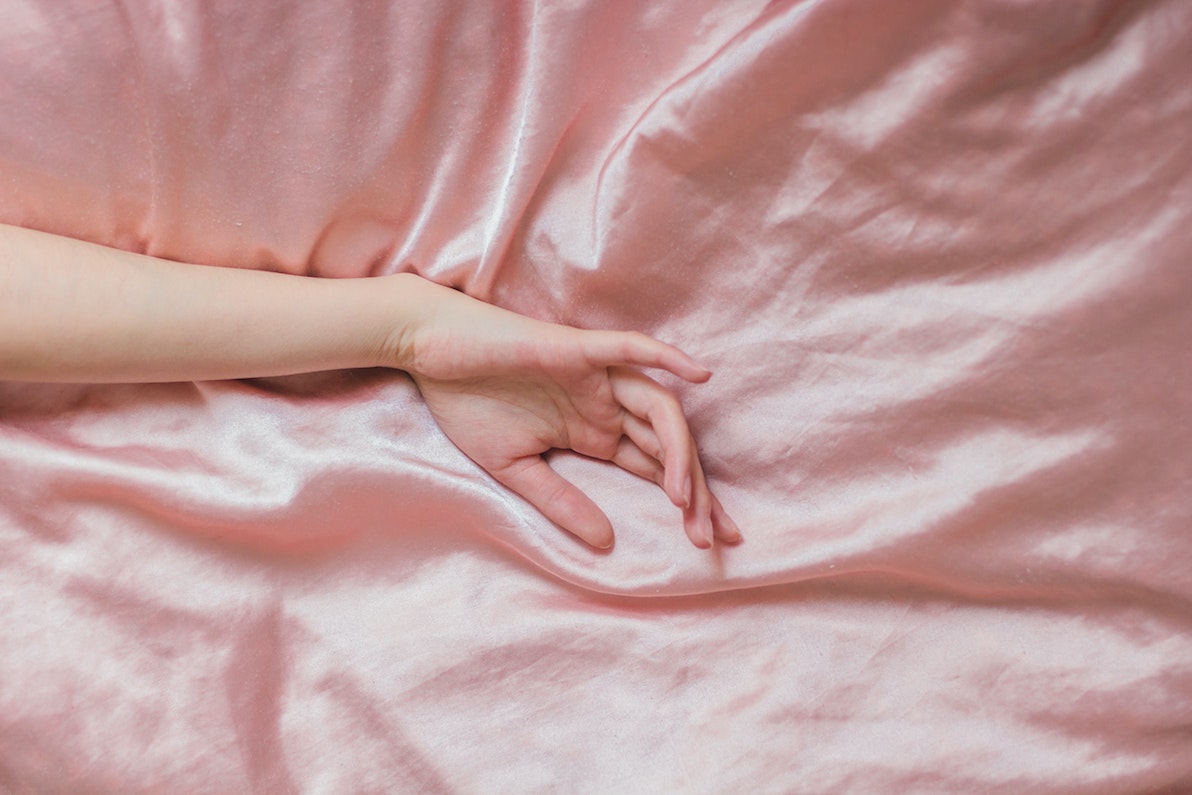
Silk is considered to be a luxury fabric due to its softness and sheen, often accompanied by claims entailing that it is a sustainable material because of its ability to biodegrade. The truth behind the silk industry is, however, anything but shiny. Why don't vegans wear silk? Is silk actually sustainable? Or even ethical? Could it be better to buy clothes made of peace silk? Read on and you'll find the answers you're looking for.
In this article:
- Silk is made from harvested cocoons of silkworms.
- For each single silk shirt, 1,000 silkworms are boiled, steamed or baked alive.
- The process of making silk is wildly unsustainable. In fact, it is the single most environmentally unfriendly textile out there.
- It’s unethical labor too: low wages and hundreds of thousands of very young children in the silk industry.
- Nope, peace silk or Ahimsa silk isn't much of an ethical solution. Actually, it results in hundreds of more deaths of caterpillars.
- Luckily, your outfit can still be luxurious, soft and shiny: there are vegan and sustainable alternatives.
The article continues below this image.
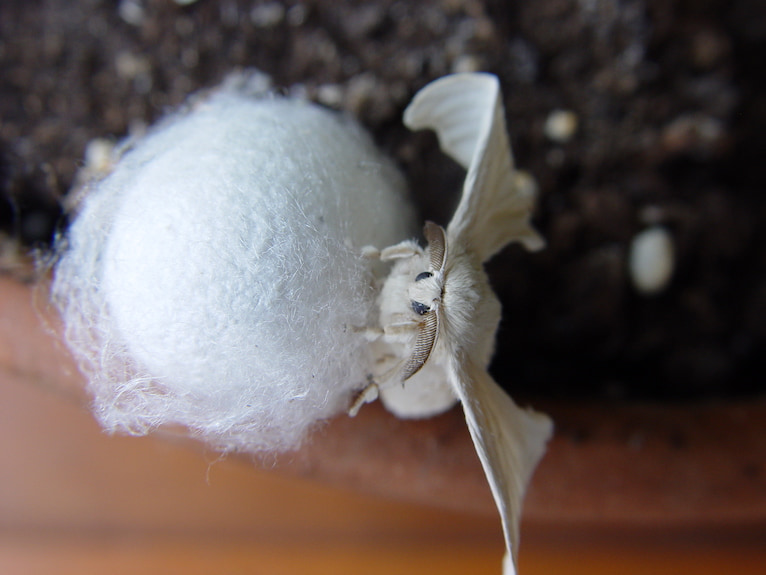
How is silk made?
Silk is made out of harvested cocoons of silkworms that are painfully killed in the process. The silk production starts with female silk moths (most often Bombyx mori) laying their eggs – about 200 to 500 eggs each.1 The eggs hatch after about a week, get fed with mulberry leaves, and eventually go through five stages in which they shed their skin and grow in size. At the end of the fifth stage, the silkworm caterpillar starts spinning and sealing its cocoon and then morphs into a pupa. The transformation into a moth takes just about one week.
In nature, the next step for the moth would be secreting a yellow fluid which would cause the cocoon to open, allowing the moth to climb out of it, attracting a male to mate and then the process would start all over again.
In the silk industry, it’s something else entirely. In order to not damage the cocoons (silk threads), they are harvested while the silkworms are still in the pupa stage – this prevents them from becoming a moth. This process is called 'stifling' – and it is as awful as it sounds. The cocoons are boiled, steamed or baked resulting in undamaged silk thread but a painfully killed silkworm.
So is silk ethical?
Silk is not an ethical fabric to wear. Not only it requires thousands of animals to die but silk is also produced by workers who are often paid below a living wage – and child labor exploitation is also involved. Read further to find out why even the friendly named ‘peace’ silk isn’t the solution.
The impact of silk production on the animals
As the silkworm has to experience a painful death by being boiled, steamed or baked alive, silk cannot be considered an animal-friendly fabric. To make 1 kg of silk, about 6600 silkworms need to die.2 That's 1000 animals for one silk shirt.3 And yes, silkworms (or insects in general) are sentient beings. They possess a central nervous system, brain and have the ability to experience pain.4
We as humans have domesticated silk moths (Bombyx mori) to produce fine silk. To optimize their silk production, we created a moth that is blind and unable to fly.1 She lays eggs only once and then she is killed. And her offspring are killed before they mature and grow into a moth.
The rule of thumb is simple: if you need an animal to produce fabric, the animal is being exploited. The fashion industry sees animals as a commodity and not sentient beings that can experience stress or pain. The same applies to the silk industry – even if the animal happens to be an insect.
The article continues below this image.
© Coralie Boon @thula_art V1
The impact of silk production on people
As silk production is a very labor-intensive process, it requires many workers. The silk industry employs about 1 million workers in China and 7.9 million workers in India, mostly in rural populations.5 Unfortunately, this opens the door for the exploitation of workers who are paid unfairly low wages which are simply not enough to cover life essentials.6 And by workers, we also mean children, unfortunately.
Human Rights Watch reported about the abuse of child slaves in the Indian silk industry – about 350 000 working children, some as young as 5 years old – boiling cocoons, hauling containers of mulberry leaves, and embroidering saris.7 These children worked for twelve or more hours a day, six and a half or seven days a week, experiencing physical and verbal abuse. Their wages ranged from nothing at all to about Rs. 400 (7.71€) a month.
That being said, the exploitation of animals in the silk industry is not the only reason to sheer away from silk.
The article continues below this image.
Beautiful blouse made of EcoVero viscose. Shop SKFK collection here »
Is silk sustainable?
Not at all. It is actually the single most environmentally-unfriendly fabric despite its ability to biodegrade. Silk is even worse than the 'much-demonized cotton', using more water, and being responsible for more water pollution and more greenhouse gas emissions.8
In fact, the Higg Materials Sustainability Index ranks the environmental impact of various fibers (from the production of raw fibers to fabrics) – and silk scores the highest when compared to all other fabrics.8,9 This is due to its global warming potential, water usage and pollution as well as the use of fossil fuels. How come?
Silk farms need to be kept at a certain temperature and humidity. But silk is produced in Asian countries with hot climates, so the silk industry uses a huge amount of energy to keep the right temperature and humidity.8 Steam or hot air is used to dry cocoons after harvesting which means that even more energy is used in the process. The energy could be potentially provided by burning wood of mulberry trees, but it’s most likely provided by a coal-fired plant. So, it seems that silk is not as sustainable as consumers might have heard…
The article continues below this image.
Stylish pants made with Tencel Lyocell. Shop Alchemist collection here »
Is peace silk a better and ethical alternative?
Peace silk is not a better nor ethical alternative. Actually, it is responsible for even more deaths of caterpillars than regular silk production.
Peace silk, also called Ahimsa (which means non-violent) or Eri silk, is commonly offered as a better and ethical alternative because the process of stifling is avoided and therefore, the moths are able to climb out of the cocoons and breed.1,10 What is often overlooked and left unquestioned is the fate that awaits the adult moths.
As the farmers allow the moths to mate, the male moths are used again and again until their fertility decreases. Then, they are no longer needed – so, they are just thrown away, left to experience a very slow death. The female moths are crushed and later examined whether they carried any diseases. If so, all their eggs are destroyed too.
Peace silk might be actually even worse than regular silk
There are several ethical inconsistencies in peace silk production.11 In short, peace silk causes more animals to die when you consider the whole picture.
Just one female moth lays about 200 to 1000 eggs. In some strains, the eggs require refrigeration, otherwise, the offspring die in about one or two months. After refrigeration, they hatch and need to be fed right away. If not, they quickly die of starvation or dehydration. The final result, however, is the death of 200 to 300 embryos or hatching silkworms per moth – for any amount that exceeds the needs of the next crop.
How come? Well, the vast majority of silkworms raised for Ahimsa silk have several breeds per season. If you take, for instance, 20 000 cocoons, the next generation will result in about 2.5 million cocoons and the next one in about 312 million cocoons. We could continue on and on, but one thing is clear – it is impossible to feed so many silk moths. So, many offspring are left to die from starvation and dehydration. This means that instead of killing one pupa per cocoon (in case of the regular silk production), hundreds of caterpillars are killed.
So, the theory behind peace silk might seem appealing – no wonder that many conscious consumers avoid silk but are comfortable with buying and wearing peace silk – we must admit, the term itself is quite tempting. But the reality of the peace silk industry is not ethical nor peaceful – even though the silkworms are 'set free' from the cocoon, they are still met with a painful death afterward. So, wearing clothes that are ethical towards animals means wearing clothes that are animal-free.
The article continues below this image.
Stunning dress made with Tencel Modal. Shop Narah Soleigh collection here »
More ethical, sustainable and vegan alternatives to (peace) silk
Tencel Lyocell, modal or recycled synthetic fibers are great alternatives to silk as they meet the criteria of being a soft and shiny fabric with a luxurious feel. So, good news: your clothes can shine and be more sustainable at the same time!
Want to know what those materials look like in a designed garment? We’ve cherry-picked some of our favorites for you to browse through!
Tencel Lyocell
Luxurious, softer than silk, stronger than polyester, biodegradable and entirely made from wood. Tencel Lyocell, the patented brand name of the lyocell fabric, is a more environmentally-friendly alternative due to its closed-loop production. And did we mention extremely beautiful? Just have a look:
{{#product}}70716{{/product}}
In need of more Tencel Lyocell-outfits inspiration? Check out our blog and video about the miracle fabric Tencel Lyocell.
EcoVero Viscose
Derived from sustainable wood and pulp, EcoVero Viscose has up to 50% lower emissions and water use than regular viscose.12 The fabric is very soft, comfortable, breathable and anti-bacterial.
{{#product}}70529{{/product}}{{#product}}63053{{/product}}
Modal
Developed as an alternative to silk, modal offers a silky-smooth and soft touch. It is flexible, breathable and luxurious. Just like silk, modal is a fabric that doesn't crease nor shrink and it also drapes well.13 The sustainability of this fabric depends on its manufacturer and sourcing practices. Lenzing Modal, also called Tencel Modal, uses more sustainable wood sources and promises carbon-neutral production that requires less land and water than other fabrics.
{{#product}}72666{{/product}}
{{#product}}59830{{/product}}
You might also like to read:
Sources
1. 'Silk Production - An Ethical Dilemma?' ABC. n.d. https:// www.abc-oriental- rug.com/ silk-production. html
2. 'The Silk Industry.' PETA. n.d.
3. 'Silk Thread and Cloth.' Sue Kayton. n.d. http://www.suekayton.com /Silkworms/ cloth. htm
4. 'Is Silk Vegan? How Is Silk Made?' E. M, Barwick. 2015
5. 'Material Guide: Is Silk Sustainable?' A, Farr. 2018
6. 'Silk Fabric: How Is Silk Made and What Does the Silk Industry Look like in 2020?' E, THWB. 2020
7. 'Small Change: Bonded Child Labor in India's Silk Industry.' Human Rights Watch. 2003
8. 'Why Does Silk Have Such a Bad Environmental Rap?' A, Wicker. 2020
9. 'Fibre Briefing: Silk.' Common Objective. n.d.
10. 'About Peace Silk.' Aurora Silk. 2019 https:// aurorasilk.com/wp/2019/09/16/about-peace-silk/
11. 'Ahimsa (Peace) Silk: Why I Think it Doesn't Add Up.' Wormspit. n.d. http://www. wormspit.com/peacesilk.htm
12. 'The new standard in eco-responsible viscose.' EcoVero. n.d.
13. 'What Is Modal Fabric And Does It Live Up To The Hype?' Sustainable Jungle. n.d.
.jpg)
 T-Shirts & Tops
T-Shirts & Tops  Shirts & blouses
Shirts & blouses  Dresses
Dresses  Skirts
Skirts  Pants
Pants 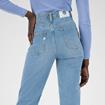 Jeans
Jeans  Knitted sweaters & cardigans
Knitted sweaters & cardigans  Hoodies & sweatshirts
Hoodies & sweatshirts  Coats & jackets
Coats & jackets  Suits & co-ord sets
Suits & co-ord sets  Lingerie & underwear
Lingerie & underwear  Legwear
Legwear  Lounge & nightwear
Lounge & nightwear  Sportswear
Sportswear  Jumpsuits & dungarees
Jumpsuits & dungarees 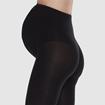 Maternity Clothing
Maternity Clothing  Shorts
Shorts .jpg) Swimwear
Swimwear 
 Boots
Boots  Sneakers
Sneakers  Slippers
Slippers  Heels
Heels  Loafers & flats
Loafers & flats  Hiking & sports shoes
Hiking & sports shoes  Lace-up shoes
Lace-up shoes  Sandals
Sandals  Shoe care & accessories
Shoe care & accessories 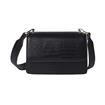
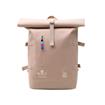 Backpacks
Backpacks 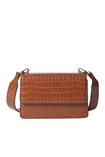 Crossbody bags
Crossbody bags 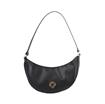 Handbags
Handbags 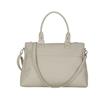 Shoulder bags
Shoulder bags 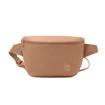 Bum & belt bags
Bum & belt bags  Shoppers & Totes
Shoppers & Totes  Laptop bags
Laptop bags  Travel bags & sports bags
Travel bags & sports bags 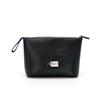 Clutches
Clutches  Toiletry Bags
Toiletry Bags 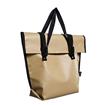 Cycle bags
Cycle bags 
.jpg) Hats
Hats 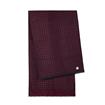 Scarves
Scarves  Gloves
Gloves 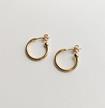 Jewelry
Jewelry 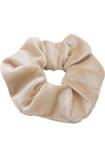 Hair accessories
Hair accessories 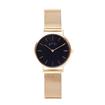 Watches
Watches  Belts
Belts  Wallets
Wallets  Sunglasses
Sunglasses  Laptop sleeves & phone cases
Laptop sleeves & phone cases  Key rings
Key rings 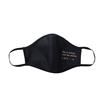 Face masks
Face masks 
 T-Shirts & Polo's
T-Shirts & Polo's  Shirts
Shirts  Jeans
Jeans  Pants
Pants  Coats & jackets
Coats & jackets  Knitted sweaters & cardigans
Knitted sweaters & cardigans  Hoodies & sweatshirts
Hoodies & sweatshirts  Underwear
Underwear 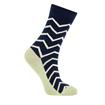 Socks
Socks  Sportswear
Sportswear  Shorts
Shorts  Swimwear
Swimwear 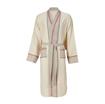 Lounge & nightwear
Lounge & nightwear  Sneakers
Sneakers 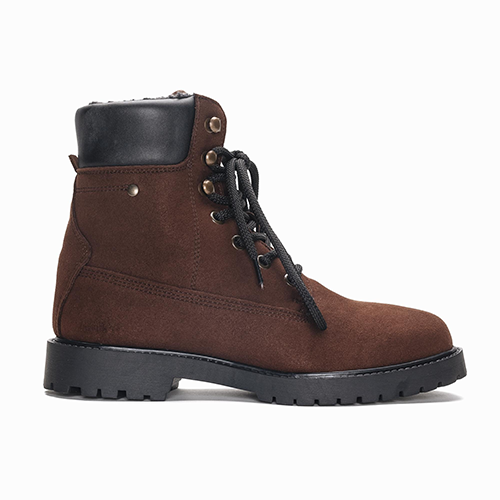 Boots
Boots  Dress shoes
Dress shoes  Hiking & Sports Shoes
Hiking & Sports Shoes 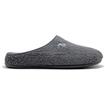 Slippers
Slippers  Loafers & mocassins
Loafers & mocassins 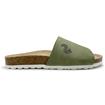 Flip flops & sandals
Flip flops & sandals 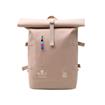
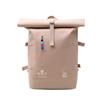 Backpacks
Backpacks  Shoulder bags
Shoulder bags 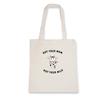 Cotton bags
Cotton bags  Toiletry bags
Toiletry bags 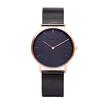
.jpg) Hats & beanies
Hats & beanies  Watches
Watches 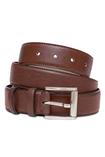 Belts
Belts 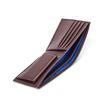 Wallets
Wallets  Ties & bow ties
Ties & bow ties  Sunglasses
Sunglasses  Key rings
Key rings 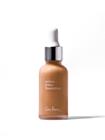
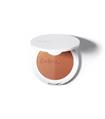 Bronzer
Bronzer 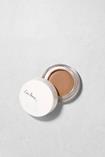 Concealer
Concealer 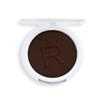 Powder
Powder 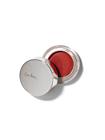 Blush
Blush 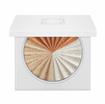 Highlighter
Highlighter 
 Eyeliner & eye pencil
Eyeliner & eye pencil 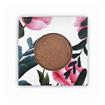 Eyeshadow
Eyeshadow 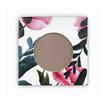
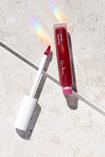
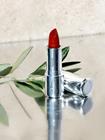 Lipstick
Lipstick  Lip liner
Lip liner 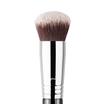

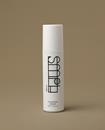 Face cleanser
Face cleanser 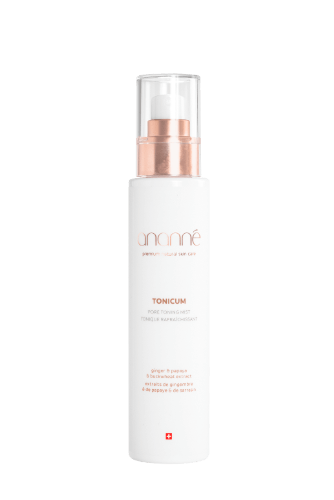 Toner
Toner 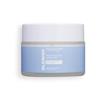 Exfoliants
Exfoliants 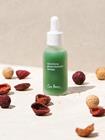 Serum
Serum 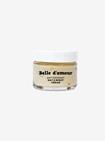 Moisturiser
Moisturiser 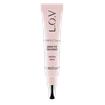 Eye cream
Eye cream  Face masks
Face masks 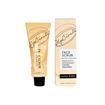 Face scrub
Face scrub  Lip balm
Lip balm 
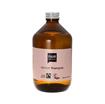 Shampoo
Shampoo 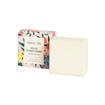 Conditioner
Conditioner 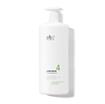 Hair care
Hair care 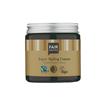 Hair styling
Hair styling 
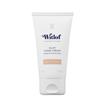 Hands & feet
Hands & feet 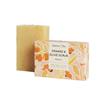 Shower
Shower 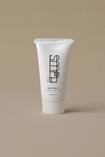 Body lotions, butters & oils
Body lotions, butters & oils 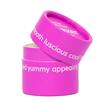 Deodorant
Deodorant 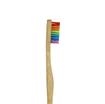 Oral care
Oral care 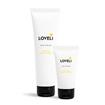
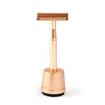

.jpg) Candles & fragrance sticks
Candles & fragrance sticks .jpg) Vases & planters
Vases & planters  Lighting
Lighting .jpg) Cushions
Cushions  Other home decor
Other home decor .jpg) Furniture
Furniture 
 Tableware
Tableware .jpg) Kitchen tools
Kitchen tools .jpg) Storage jars
Storage jars 
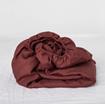 Bed sheets
Bed sheets  Duvet covers
Duvet covers 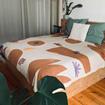 Throws & blankets
Throws & blankets 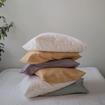 Pillow covers
Pillow covers 
 Cleaning
Cleaning 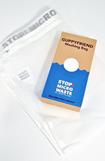 Laundry bags
Laundry bags .jpg)
.jpg)
.jpg) (Reusable) Notebooks
(Reusable) Notebooks 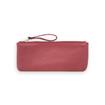 Pencil cases
Pencil cases .jpg)

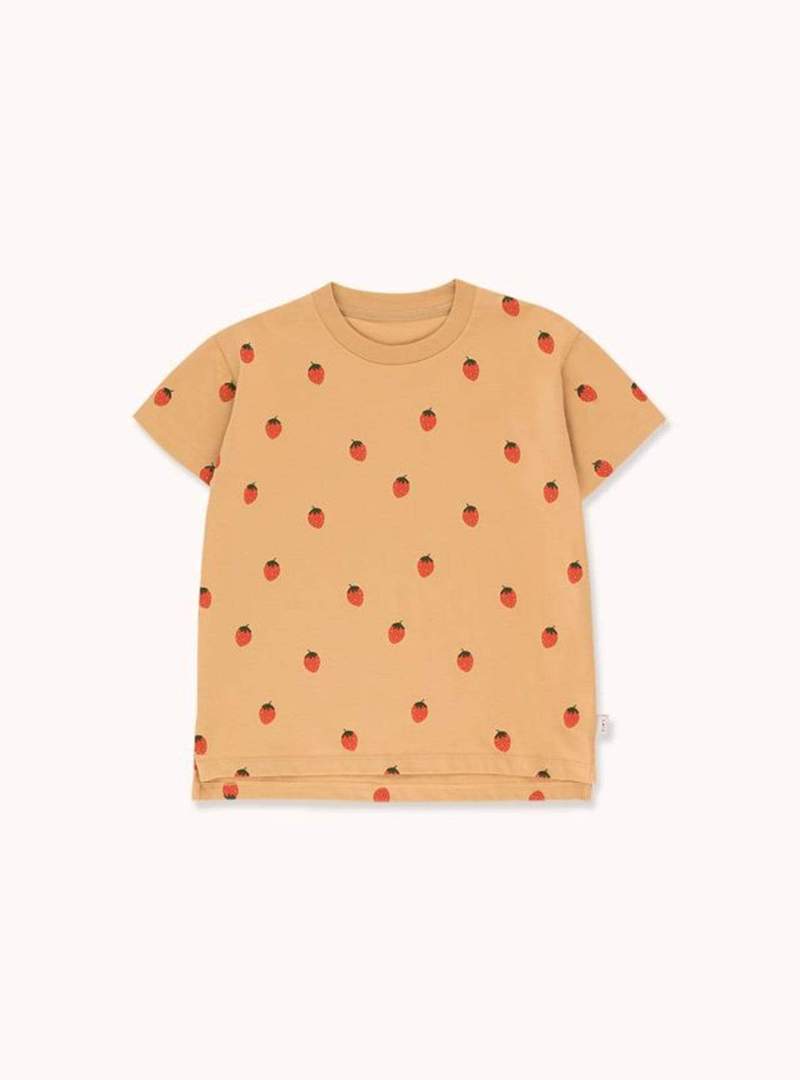 Clothing
Clothing  Shoes
Shoes  Bags
Bags 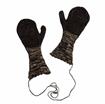 Accessories
Accessories  Toys
Toys 
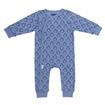 Clothing
Clothing  Accessories
Accessories  Toys
Toys 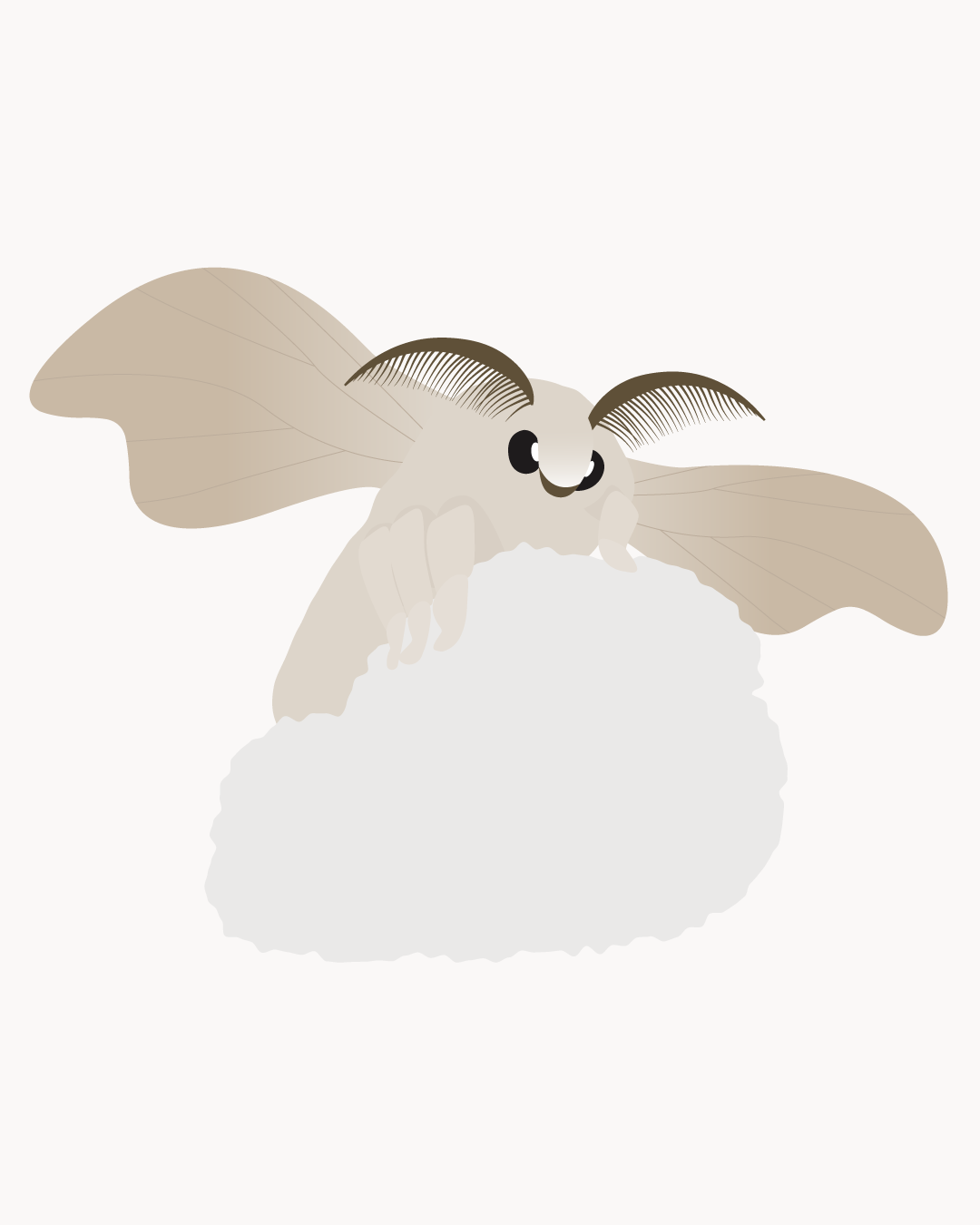

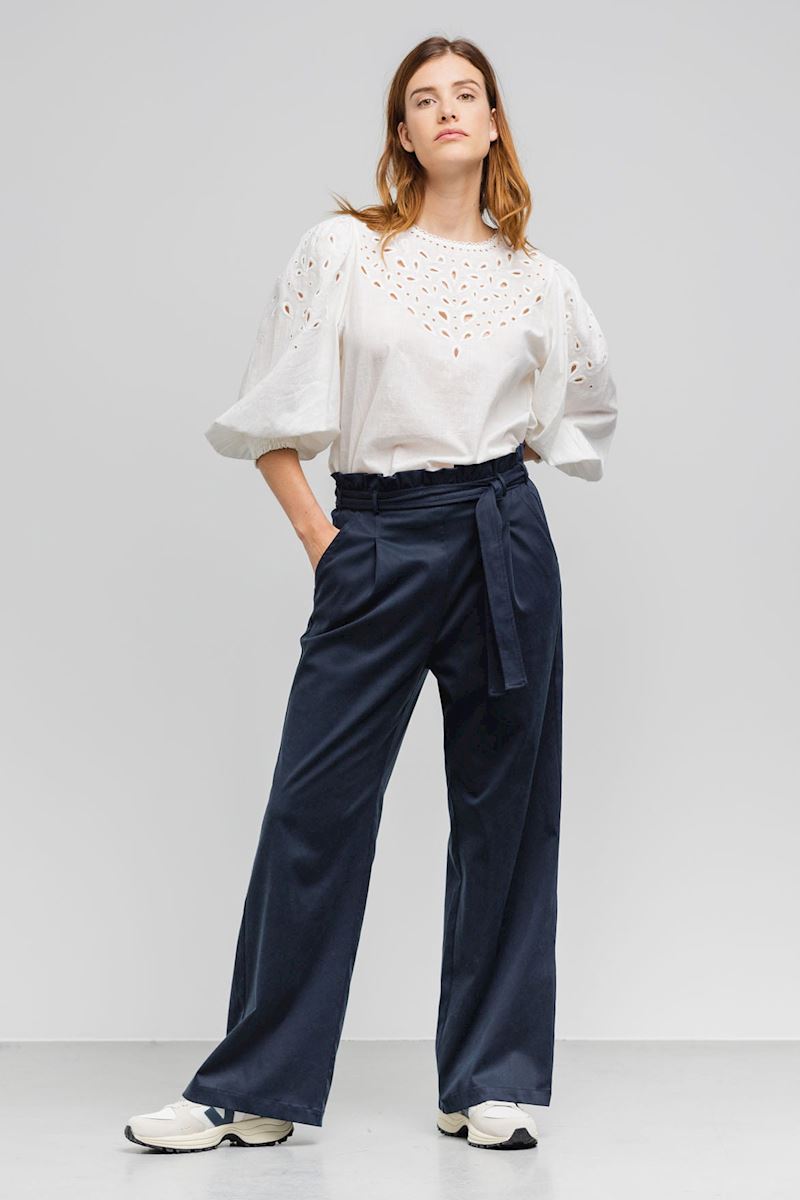

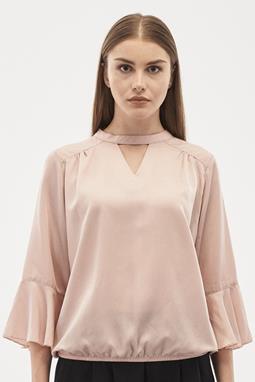
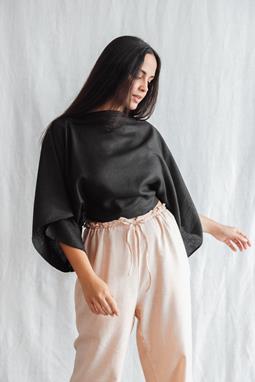
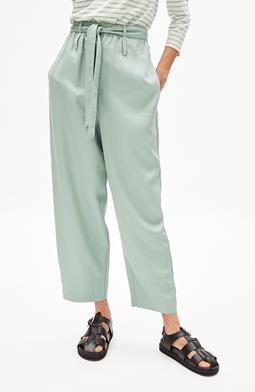
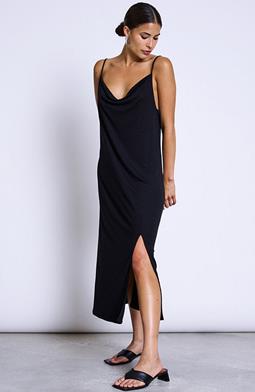
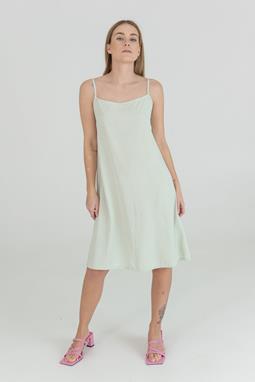
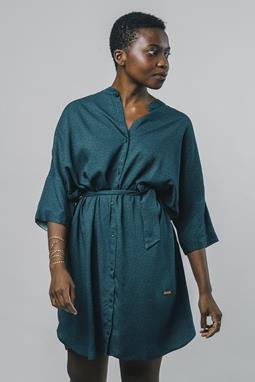
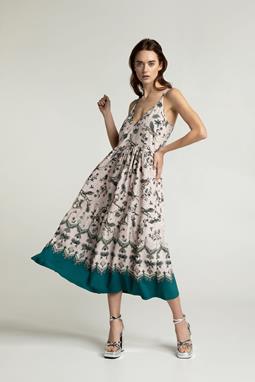
.jpg)
.jpg)
.jpg)
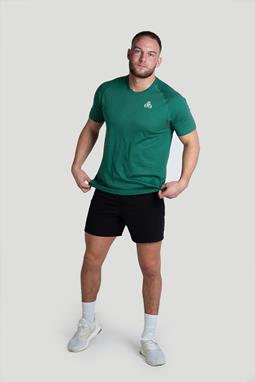
.jpg)
